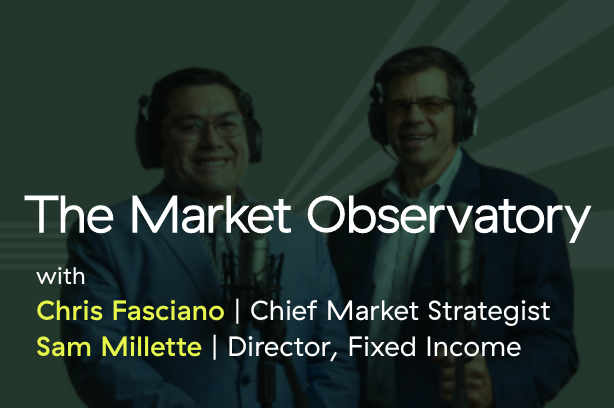 As of midnight Tuesday, the U.S. government shut down, as lawmakers couldn’t reach an agreement on a short-term bill to continue funding government expenditures. Currently, none of the 12 appropriations bills have been passed. This is the first shutdown since December 2018. There is certainly a human element to consider, as many government workers will be furloughed and others will continue to work without pay. Benefit payments and tax collections will continue.
As of midnight Tuesday, the U.S. government shut down, as lawmakers couldn’t reach an agreement on a short-term bill to continue funding government expenditures. Currently, none of the 12 appropriations bills have been passed. This is the first shutdown since December 2018. There is certainly a human element to consider, as many government workers will be furloughed and others will continue to work without pay. Benefit payments and tax collections will continue.
Here, I’d like to focus on the government shutdown’s potential impact on markets. Despite the surrounding uncertainty, markets have tended to look through them. Will that be the case this time? Let’s take a closer look.
How Long Will It Last?
Historically, shutdowns tend to be short. Over the past 50 years, there have been 21 shutdowns that averaged between 8 and 9 days. The bulk of these occurred under Presidents Carter and Reagan. Since 1995, there have been 6 shutdowns, with 3 of them lasting 22, 16, and 35 days. The longest shutdown was the last one, which occurred in December 2018 and into January 2019 during the first Trump administration. That impact was a partial shutdown, as 5 of the 12 appropriations bills had been passed.
Since we’ve reached this point and as evidenced by the rhetoric from both parties, it’s clear that both sides of the aisle are entrenched in their current positions. Still, a resolution could occur at any point. Voters tend not to like shutdowns. Eventually, that pressure should lead to some form of common ground and a compromise to fund and reopen the government. It appears conversations have already begun in the Senate to achieve a short-term resolution and buy time to negotiate the differences between the parties.
What’s the Issue?
The human element of the shutdown comes as an estimated 750,000 employees could ultimately be furloughed. This would be in addition to those who continue to work but don’t receive a paycheck until a funding bill is passed.
But the amount of funding affected by a shutdown is a subset of total government spending. The core issue is discretionary spending that is funded by appropriation bills. This makes up roughly 25 percent to 30 percent of total government spending. The remaining portion is mandatory spending and is not impacted.
As shown in the chart below, defense spending is almost entirely discretionary and makes up a significant part of the government’s total discretionary spending.
Discretionary Spending by Government Function
Benefit programs, such as Medicaid, Medicare, and Social Security, would continue uninterrupted. Student loan disbursements would also continue to be made.
Will Markets Power Through?
Many factors influence market returns, so it’s hard to isolate the impact of government shutdowns on performance. In general, markets have looked through them, as seen in the chart below.

Source: Voya Investment Management
The shutdowns in the 1970s and 1980s occurred against a backdrop of rising inflation, leading to a period of stagflation. The most recent one happened at the very end of a Fed rate increase cycle, followed by a change in its opinion on the economy and cuts in 2019. Those are just some examples of other factors that affected returns during and after the shutdown.
What Does It Mean for Investors?
On average, September is the worst month for investors in terms of market returns. But the S&P 500 and NASDAQ have just seen their best returns for September in 15 years, and the Dow Jones Industrial Average closed at an all-time high. These results are yet another illustration that timing the markets is hard—if not impossible. Further, September was the fifth straight month with positive returns for U.S. stocks, highlighting the strength of the current rally.
One of the interesting offshoots of a shutdown is that economic data is not released. This begins with what was to be an important employment report on October 3. What we do know is that other fundamentals remain strong. Second-quarter GDP was recently revised higher, and earnings growth in the quarter exceeded expectations. This has led to analysts’ 2025 and 2026 estimates moving up after a period of estimates drifting lower throughout the year. On top of this, the Fed has begun lowering rates after a lengthy pause, and investors have a lot to be excited about.
Over the long term, fundamentals (not short-term headlines) drive returns. We may certainly get headlines during the shutdown that cause short-term volatility. But we believe that fundamentals remain supportive of equity markets and that investors should stay the course rather than making adjustments as the government shutdown continues to play out.


 Print
Print

